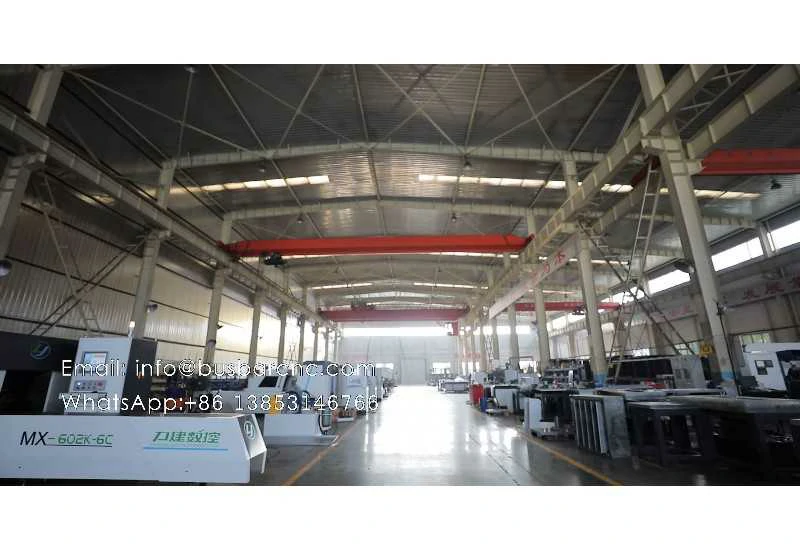In recent years, the use of automated technologies in metal processing has increased significantly. From computer-aided design to robotic welding, these innovations have revolutionized the way we work with metals. One such technology that is gaining popularity is Automated Busbar Bending.
What is Automated Busbar Bending?
Busbars are metal strips or bars that are used to connect electrical components within a system. They are commonly made from copper or aluminum and are used in a variety of applications, including power distribution, telecommunications, and renewable energy systems. Busbars need to be shaped and bent to fit specific designs and configurations, which is where Automated Busbar Bending comes in.
Automated Busbar Bending is the process of using computer-controlled machines to bend busbars into precise shapes and angles. These machines use a combination of software and physical bending tools to shape the metal according to the design specifications. Once the bending process is complete, the busbars can be easily installed into their intended locations.
Advantages of Automated Busbar Bending
There are several advantages to using Automated Busbar Bending in metal processing:
1. Increased Precision

Automated Busbar Bending machines can bend metal with a high degree of precision, ensuring that each busbar is shaped exactly according to the design specifications. This level of accuracy is difficult to achieve manually, and it reduces the risk of errors in the final product.
2. Time Savings
Automated Busbar Bending machines can bend busbars much faster than manual methods. This means that production times can be significantly reduced, leading to cost savings and increased efficiency.
3. Consistency
Automated Busbar Bending machines can bend busbars consistently, regardless of the operator’s skill level. This ensures that each busbar meets the same quality standards, which is essential for high-volume production runs.

4. Reduced Waste
Automated Busbar Bending machines are designed to minimize waste by optimizing the use of materials. This is achieved by using computer algorithms to calculate the most efficient way to bend each busbar, reducing the amount of scrap metal.
Applications of Automated Busbar Bending
Automated Busbar Bending has a wide range of applications in metal processing. Some common uses include:
1. Power Distribution
Busbars are commonly used in power distribution systems as a means of connecting electrical components. Automated Busbar Bending can help to speed up the production of these busbars, leading to faster installation times and reduced costs.
2. Telecommunications
Busbars are also used in telecommunications systems, where they are used to connect antennas and other components. Automated Busbar Bending can produce these busbars quickly and accurately, ensuring that the system performs at its best.
3. Renewable Energy
Busbars are an essential component of renewable energy systems, such as wind turbines and solar panels. Automated Busbar Bending can help to produce these busbars quickly and efficiently, allowing for faster installations and improved energy output.
Automated Busbar Bending is an innovative technology that is changing the way we work with metals. Its ability busbar bending machine price to produce precise, consistent, and efficient busbars is making it a popular choice for a variety of applications, from power distribution to renewable energy. As this technology continues to evolve, we can expect to see even more applications for Automated Busbar Bending in the future.
